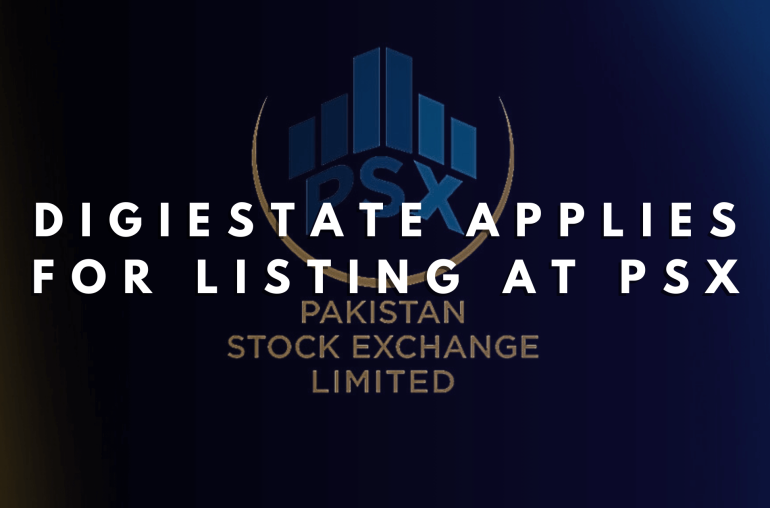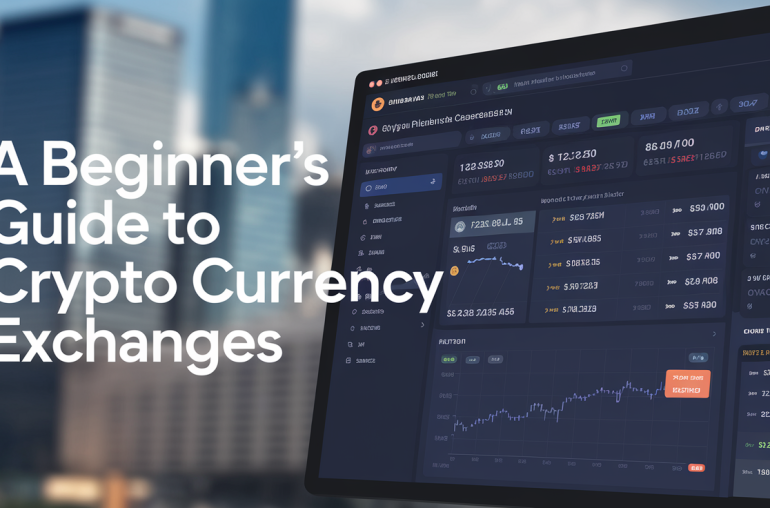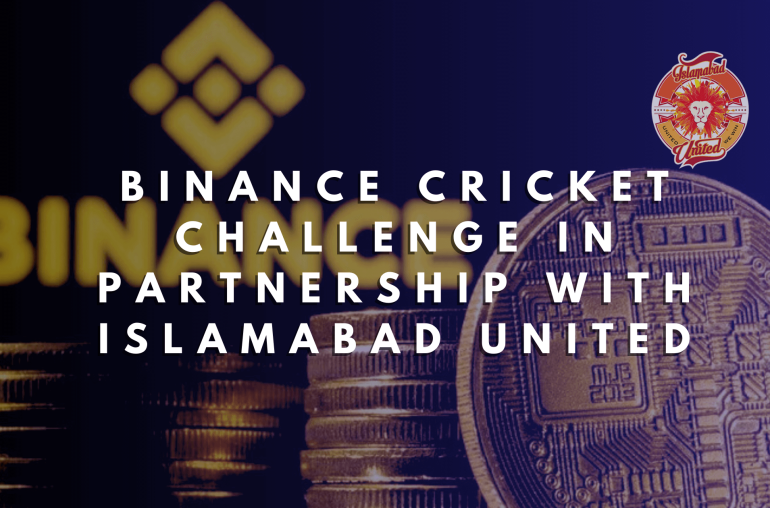Key Takeaways:
- RWA crypto projects connect real-world assets like property and art to the blockchain. This offers a different approach from typical volatile cryptocurrencies.
- This technology is called asset tokenization. It allows for “fractional ownership,” so you can own a small piece of a high-value asset.
- Understanding the technology behind these projects is a crucial first step. Key concepts include how data is secured and how transactions are processed.
- This guide explores six notable RWA platforms. It focuses on what they do and the problems they solve, not just their investment potential.
Most people hear “crypto” and think of high-risk, volatile coins. You are told to buy low and sell high. It often feels more like gambling than investing.
But what if a part of the crypto world was different? What if it was less about hype and more about real-world value?
That’s the goal of RWA crypto projects. They aim to bring things like real estate and bonds onto the blockchain. Let’s explore key platforms in this space. We will look at them as a fascinating new technology to understand, not a “get rich quick” scheme.
What Are RWA Coins, and Why Are They Important?
If you’ve been asking yourself, “what is RWA in crypto?”, you’ve come to the right place. First, let’s break down the term. “RWA” stands for Real-World Asset.
An RWA coin is a digital token on a blockchain. It represents a physical or traditional financial asset. Think of it as a digital deed for things like real estate, art, or company stock.
This is important because it bridges two worlds. It connects the trillions of dollars in real-world items with the efficient world of decentralized finance (DeFi). Creating a digital token for a physical asset unlocks new possibilities.
We can trade it, divide it, and use it in new ways. This opens up markets to more people globally.
How Does Asset Tokenization Actually Work?
The process of turning an asset into a token can seem complex, but it follows a logical path. Imagine you wanted to tokenize a building you own.
- Off-Chain Work: First, you would handle the legal details. This involves confirming ownership and getting the asset’s value appraised. You also create a legal framework that states the digital tokens represent ownership in the building.
- Choosing a Platform: Next, you would select a blockchain platform to “mint,” or create, your tokens. The choice depends on factors like transaction fees, speed, and security.
- Data Integration: This step is critical. The tokens must accurately reflect the asset’s value. To do this, you need a secure way to feed real-world data to the blockchain. This is done using an “oracle,” which acts as a secure data bridge.
- Token Management: Once created, the tokens are held in digital wallets. From there, smart contracts automatically handle the rules of ownership and transactions. This makes the process transparent and efficient.
6 Notable RWA Crypto Projects to Know About
Different projects specialize in different parts of this process. Here are a few key examples. We’re focusing on the technology here, not market prices, to help you understand their role.
1. Chainlink ($LINK) – The Secure Data Bridge
Chainlink doesn’t tokenize assets itself. Instead, it solves a big problem: getting reliable real-world information onto a blockchain. Think of it as a trusted messenger.
Blockchains can’t check stock prices or know a building’s value on their own. Chainlink’s “decentralized oracle network” provides this data in a trustworthy and tamper-proof way. This makes it a foundational layer for most RWA projects.
2. Avalanche ($AVAX) – The High-Speed Highway
Avalanche is a blockchain platform designed for speed and efficiency. It aims to prevent network “traffic jams” common on other blockchains.
It uses a unique architecture to do this. It has three separate but interconnected blockchains, each specializing in a different task. This design makes it a popular choice for RWA projects that need to handle many transactions quickly and cheaply.
3. Mantra ($OM) – The Compliance-Focused Builder
A big hurdle for RWAs is regulation, as assets like stocks are subject to strict laws. Mantra is a project with a clear focus. It makes it easier to build RWA platforms that follow these rules from the start.
It provides developers with tools to build their own custom blockchains where compliance is embedded directly into the code. This focus on the legal side is important for bridging traditional finance and DeFi.
4. Algorand ($ALGO) – The Secure and Future-Proof Network
Algorand is another efficient blockchain platform. It places a strong emphasis on security and long-term sustainability.
A key feature is its work on being “quantum-resistant.” It is developing cryptography to protect against the threat of future quantum computers. This forward-looking approach to security makes it an attractive platform for tokenizing many different assets.
5. Quant ($QNT) – The Universal Connector
The crypto world has many blockchains that don’t naturally communicate with each other. Quant’s “Overledger” technology is like a universal operating system.
It sits on top of these different networks. This allows them to connect and interact. For RWAs, this could be a game-changer, creating a more unified and liquid market.
6. MakerDAO ($MKR) – The DeFi Pioneer & Collateral Expert
MakerDAO is one of the oldest projects in DeFi. It wasn’t built specifically to tokenize assets, but it plays a key role in making them useful.
The Maker system allows people to lock up certain crypto assets as collateral to borrow its stablecoin, $DAI. The project is now allowing more RWA tokens to be used as collateral, including high-quality assets like tokenized loan portfolios or bonds.
Key Things for Beginners to Remember
- This is New Technology: The world of RWA tokenization is still very young. The technology and rules are constantly evolving.
- Understand the Risks: These projects still carry risks. This includes potential smart contract bugs, regulatory uncertainty, and market volatility.
- Focus on a Project’s Purpose: Try to understand what problem a project is trying to solve. Understanding its utility is key.
- Do Your Own Research (DYOR): This article is an educational starting point. Always take the time to learn from various sources.
Final Thoughts
RWA tokenization is a fascinating and important shift. It bridges the gap between traditional finance and the new digital economy.
By offering fractional ownership and more liquidity, it could open up new opportunities for everyone. Understanding the projects that make this possible is the first step to appreciating this part of the crypto world.
Which real-world application of this technology sounds most interesting to you? Share your thoughts in the comments below!




